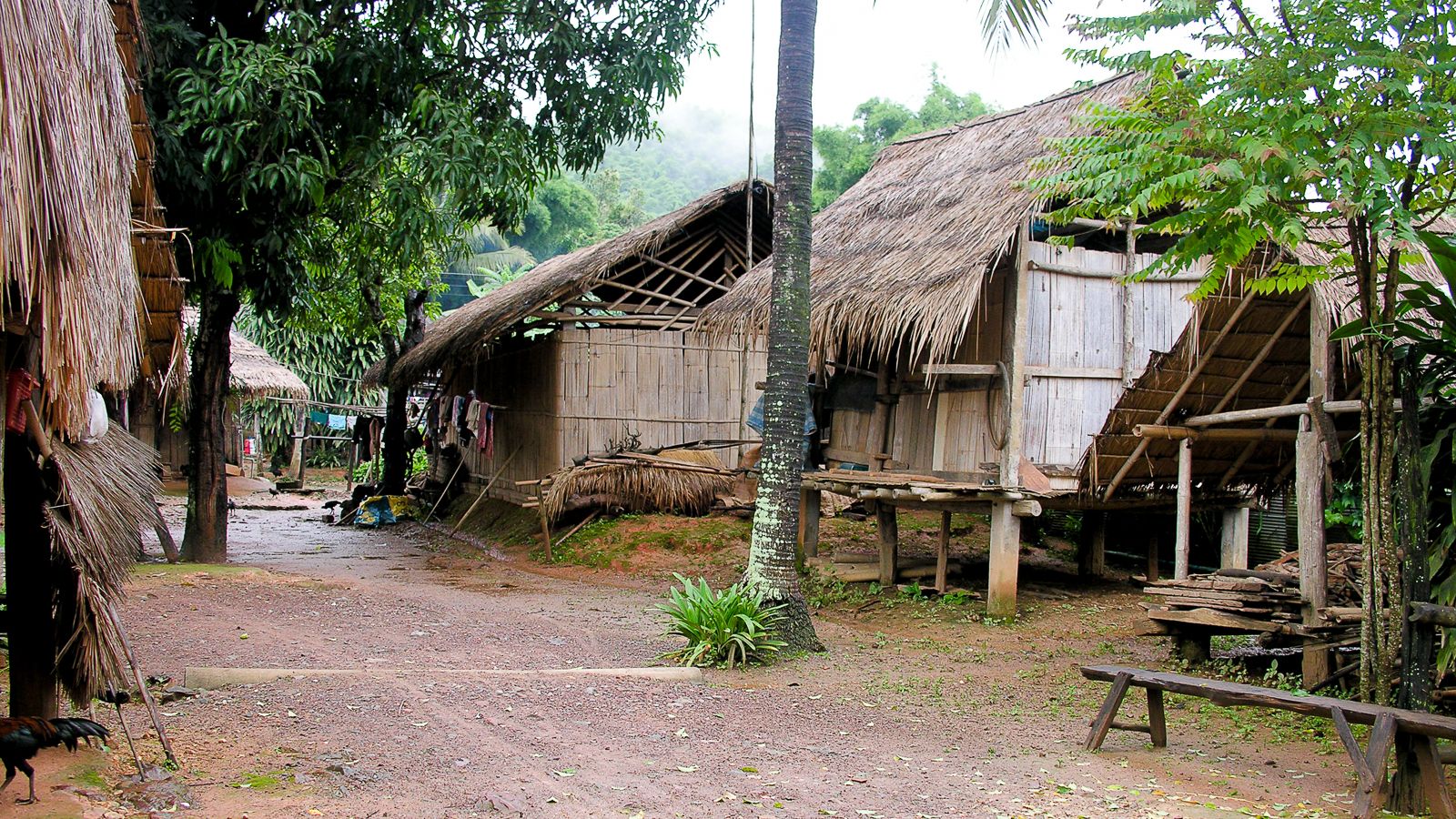Discussion

Where Does Rehabilitation Start and End?
The amelioration of Mr. Dee’s motor and sensory status as well as functioning after rehabilitation supports the findings of a study27 that demonstrated similar neurological outcomes of persons with SCI treated in a hospital in Brazil, a low/middle-resource country, compared with patients in a hospital in the United Kingdom, a high resource country. Mr. Dee's progress was most likely a reflection of better healthcare services that resulted from the implementation of universal healthcare coverage in Thailand23 24 as well as Thailand's Persons with Disabilities Empowerment Act of 2007.6-Ito 2010 Universal healthcare coverage and the disability legislation have facilitated the expansion of healthcare infrastructure and the efforts to improve acces to quality healthcare services, and helped to build up the healthcare workforce as well as increase .
While access to quality healthcare services, the type and level of Mr. Dee’s injury, and a rehabilitation team that was skilled in the treatment and rehabilitation of persons with SCI collectively contributed to his positive recovery, there were drawbacks to his rehabilitation programme, since it focused solely on the recovery of body functions, mobility and self-care rather than offering a more comprehensive strategy that also addressed community reintegration needs. Implementing a limited rather than a comprehensive rehabilitation strategy is not uncommon in low and middle-resource countries.11 This dischord between focused versus comprehensive rehabilitation became clear at the end of Mr. Dee's Rehab-Cycle® when unresolved issues regarding return-to-work and financial support for his and his family's livelihood were revealed. Although Mr. Dee was explicit during the assessment phase of his rehabilitation program about his concerns regarding his options for earning an income, specific interventions toward community reintegration were not provided.
Mr. Dee's community reintegration could have been supported through a community-based rehabilitation (CBR) programme in his community. See box 1. CBR has shown great potential in supporting persons with SCI in low/middle-resource settings, specifically in promoting empowerment and participation through social networks, peer groups and disabled people’s organisations, in enabling access to assistive technology and social activities such as sport, etc.8 Unfortunately, the reach of such CBR programmes is still limited, and in Mr. Dee’s rural and remote region of Thailand, CBR was neither available nor planned.
""CBR has shown great potential in supporting persons with SCI in low/middle-resource settings, specifically in promoting empowerment and participation...""
Poor Prospects for Community Reintegration?
Given Mr. Dee’s specific circumstances – age, low educational level, physically demanding profession, living in rural community, etc. – the functional gains he made during rehabilitation were unlikely to improve his chances of returning to his pre-injury job as a farmer. This left his future uncertain with many open questions – Would he be able to earn an income? Would state social services consider him eligible for disability payments to cover his family’s financial needs?
""Given Mr. Dee's specific circumstances...the functional gains he made during rehabilitation were unlikely to improve his chances of returning to his pre-injury job as a farmer.""
Given the importance of employment for both financial security as well as overall well-being and life satisfaction, it is recommended that comprehensive rehabilitation includes a vocational rehabilitation component, that also addresses accessibility issues, along with other psychosocial interventions targeted toward community reintegration.13 14 15 28
Mr. Dee’s case was not without hope. After discharge from the rehabilitation programme, his family played a major role in supporting his return home. His daughter completed her education and was expected to support the family financially. The continued support provided by Mr. Dee's wife was also a positive factor in his community reintegration, including but not limited to promoting Mr. Dee's emotional well-being. The role of Mr. Dee's family in facilitating community reintegration is a confirmation of the results of a study that found social supports a key predictor of community participation in persons with SCI in Thailand.16 It also reflects the expectation in Thai society that family, friends and even neighbours provide assistance to persons with disability in all aspects of daily life.28
An Illustration of SCI Rehabilitation in Low and Middle-Resource Countries
An example of SCI rehabilitation in low- to middle-income countries, Mr. Dee's case illustrates the potential for recovery as well as the challenges faced by persons with SCI engaged in rehabilitation, especially in returning to a rural community.
Using the framework of the International Classification of Functioning, Disability and Health (ICF)17 and the Rehab-Cycle® Mr. Dee's case outlined some factors that were shown to facilitate rehabilitation success e.g. access to a rehabilitation team trained and knowledgeable in treating persons with SCI, coverage for rehabilitation services, a supportive family, etc., as well as some barriers e.g. lack of rehabilitation interventions that address community reintegration, accessibility issues especially in rural regions. It also highlighted the need for comprehensive rehabilitation that goes beyond the short-term focus on recovering body functions, and the importance of exploring avenues of sustainable, long-term community reintegration through innovative and cost-effective approaches.